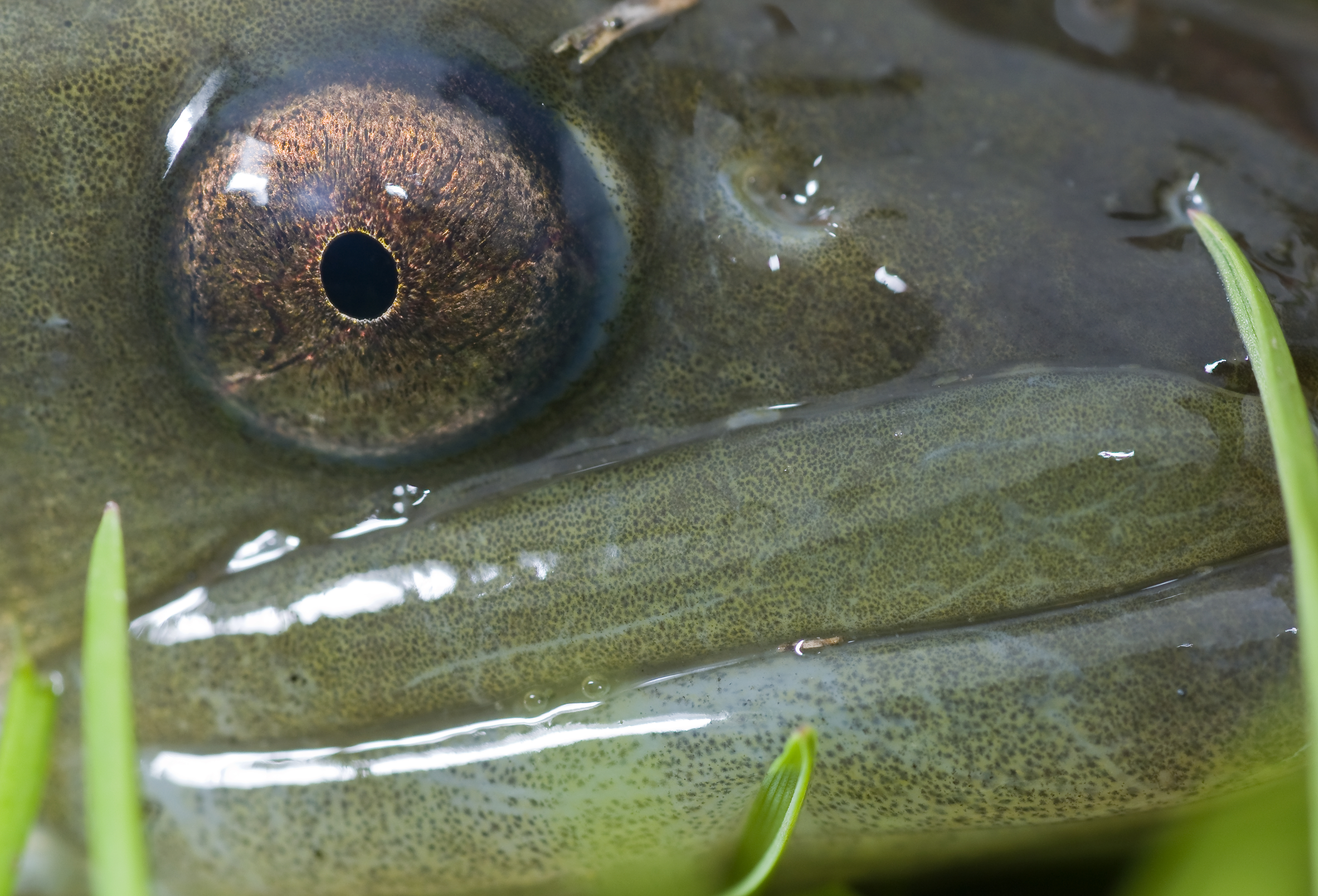
You are what you eat. Or in this case, perhaps it’s more accurate to say you are what you swim in.
We’ve heard of everything from contraceptives to antidepressants affecting aquatic ecosystems and the creatures that rely on them, but now a new study is pointing to the dangers of illicit drugs—namely cocaine—being dumped into the water too.
The paper, which was published in Science of the Total Environment, examined the effects of cocaine on European eels that were placed in controlled labs for 50 days in a row. The goal? To monitor how trace amounts of the drug affected the critically endangered fish. Given that current data supports the presence of such drugs in surface waters worldwide, (particularly near cities with higher populations), researchers were curious how doped up eels could still make the 3,700-mile trip from fresh or brackish water in European waterways to the Sargasso Sea just east of the Caribbean and the U.S. Eastern Seaboard, where they mate and reproduce.
As it turns out, maybe they can’t.
What scientists found is that even trace amounts of cocaine are dangerous to these eels, especially in their early lives. Physically the fish that were exposed to the same amounts of cocaine typically found in some rivers appeared to be just as healthy (albeit slightly more hyperactive), than their drug-free counterparts. But once researchers broke things down on a molecular level it was a different story.
It appears as though the drug accumulates throughout the entire fish, from its brain and muscles to its gills, skin and other tissues. The study also indicated the muscles of the exposed fish were swollen and broken down, and their hormones had changed too. Scientists noted the fish had increased cortisol levels, which would potentially delay their migration, and increased dopamine levels, which could stop them from reaching sexual maturity altogether.
“It is likely that in this condition, the reproduction of the eels could be impaired, said Anna Capaldo, a research biologist at the University of Naples Federico II and the study’s lead author. “All the main functions of these animals could be altered.”
Of course, wastewater and its contents have always been a problem for the environment; cocaine is only one part of the overall issue. Capaldo noted to National Geographic that other illicit drugs, heavy metals, antibiotics, and pesticides also play a role, and until there’s a more efficient wastewater treatment system in place (or people just avoiding illicit drugs completely), the problem could grow worse before it improves.
“We don’t know the possible consequences of such combinations of substances, but clearly they could influence the survival and/or the health status of the eels,” she added.
We thought there was something fishy in the water.
